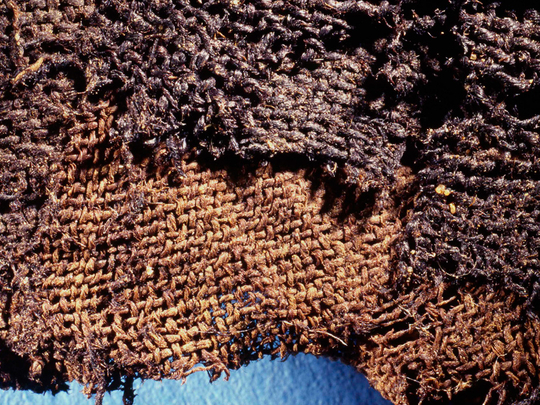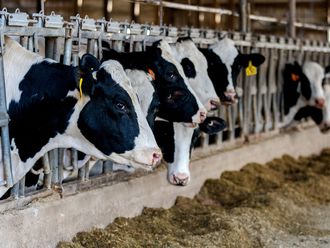
Washington: It has long been known that the practice of mummification of the dead in ancient Egypt — fundamental to that civilisation’s belief in eternal life — was old, but only now are researchers unwrapping the mystery of just how long ago it began.
Researchers on Wednesday said a form of mummification was being carried out there more than six thousand years ago, much earlier than previously thought. They said embalming substances contained in funerary textiles from the oldest-known Egyptian cemeteries showed mummy-making from as early as about 4300BC.
The embalming agents were infused into the linen used to wrap the corpse to provide an antibacterial and protective barrier. It was not as elaborate as the process used much later on the bodies of powerful pharaohs and other elites as well as many ordinary Egyptians, but came more than 1,500 years earlier than Egyptian mummification had been thought to have started.
There is evidence of mummification involving remains from around 2600BC of Queen Hetepheres, mother of Khufu, the pharaoh who commissioned the Great Pyramid at Giza outside Cairo. There also is evidence of linen that contained resin being used to wrap bodies around 2800BC.
The researchers were amazed to find that the plant, animal and mineral components used in preparing the mummies at the cemeteries in Mostagedda in central Egypt were essentially the same embalming “recipe” used thousands of years later at the pinnacle of the ancient Egyptian civilisation.
“I was surprised that the prehistoric Egyptians, who lived in a tribal society 1,000 years before the invention of writing, were already in possession of the empirical science that would later become true mummification,” said one of the researchers, Jana Jones, an Egyptologist at Macquarie University in Australia.
Biochemical analysis identified the components from funerary textiles retrieved from the cemeteries during excavations in the 1920s and 1930s and held in Britain’s Bolton Museum. The “recipe” consisted of a plant oil or animal fat base, with smaller amounts of a pine resin, an aromatic plant extract, a plant gum and petroleum.
“The ancient Egyptians believed the survival of the body after death was necessary in order to ‘live again’ in the afterlife and become immortal. Without the preserved body, this was not possible,” said Stephen Buckley, an archaeological chemist at Britain’s University of York who led the scientific research.
Jones said mummification demanded rare and costly ingredients, some from distant lands. Pine resin in the Mostagedda textiles may have come from southeastern Turkey, many hundreds of miles away.
The practice of mummification reached its peak during the era known as the New Kingdom, between about 1550BC and 1000BC, when powerful pharaohs reigned including Ramses II and Thutmose III, as well as the “boy king” Tutankhamen, better known as “King Tut.”
The study appears in the scientific journal PLOS ONE.












